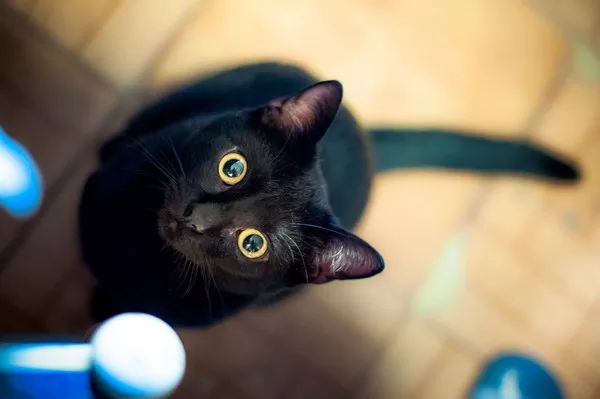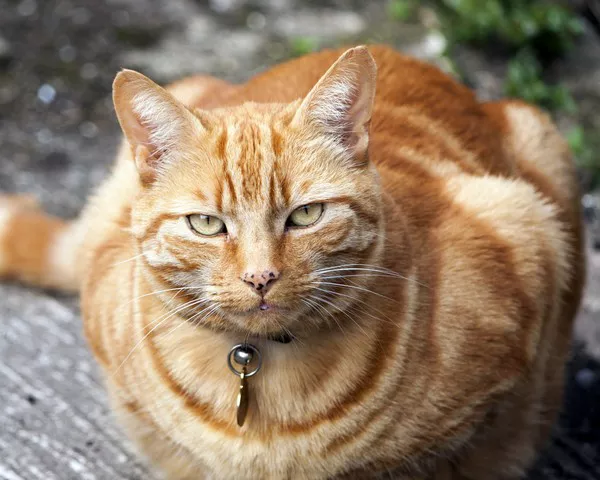Multi-cat households have become a common phenomenon in many parts of the world, with cat lovers often opting to have multiple felines under one roof. These households are usually characterized by a significant number of cats, which range from a few to dozens, and they may be found in various living situations, from spacious homes to more compact apartments. While having multiple cats can be a rewarding experience, it also comes with a unique set of challenges and responsibilities.
Common Reasons People Have Multiple Cats and the Potential Challenges
There are numerous reasons why people may choose to have more than one cat. Some may seek companionship for their existing cat, while others might simply love the idea of having a household full of feline friends. People also rescue multiple cats from shelters or stray situations, offering them a safe and loving environment. In some cases, individuals may adopt multiple cats because they want to ensure their pets are not lonely or bored when they are away from home.
However, the decision to have more than one cat should not be taken lightly, as there are potential challenges that can arise. A common concern is the impact on cat health, both physically and mentally. Having too many cats in a household can sometimes lead to overpopulation and insufficient resources, such as food, space, and litter boxes. These factors can contribute to various health problems in cats, from stress-related issues to infectious diseases and more.
The importance of understanding the impact of a multi-cat household on cat health cannot be overstated. It’s crucial for cat owners to not only provide love and care for their feline companions but also to ensure that the home environment is suitable for multiple pets.
Health Risks of Having Too Many Cats
While many cat owners thrive in multi-cat households, it’s important to be aware of the risks that having too many cats can pose to the health of the cats themselves. Below, we explore some of the most common health risks associated with having an excessive number of cats in the home.
Stress and Behavioral Issues
One of the most significant risks of a multi-cat household is the increased stress levels among the cats. Cats are territorial animals, and when the space is shared by too many felines, it can lead to heightened stress and behavioral problems. Stress in cats can manifest in a variety of ways, such as inappropriate urination, spraying, excessive grooming, and aggression.
Spraying and inappropriate urination are particularly common issues that arise when cats feel insecure in their environment. When a cat perceives that there is not enough space or territory, it may mark its territory by spraying urine, which can lead to unpleasant odors and more stress for the other cats. In some cases, cats may also begin to urinate outside the litter box, which is a clear sign of distress. Aggression between cats is also another behavioral issue that can stem from overcrowding and stress.
In multi-cat households, it’s essential to ensure that there are enough resources and spaces for each cat, as well as plenty of opportunities for each cat to escape and have some alone time. Failing to provide this can lead to constant tension and aggression, undermining the overall harmony of the household.
Disease Spread
Another significant health risk in multi-cat households is the increased likelihood of disease transmission. In densely populated environments, infections can spread more easily among cats, especially if they are not regularly checked for common illnesses or parasites. Diseases like feline upper respiratory infections, feline leukemia, and feline immunodeficiency virus are more easily transmitted in overcrowded environments. These illnesses can severely impact cat health and may lead to long-term complications if not treated promptly.
Additionally, parasites such as fleas, ticks, and intestinal worms can also be passed between cats in an overcrowded setting, especially if proper hygiene and preventive measures are not taken. Fleas, in particular, can lead to secondary skin infections and cause considerable discomfort for the cats involved.
Resource Competition
In any multi-pet household, resource competition can become a major issue. Cats require certain resources to maintain good health, including food, water, litter boxes, and personal attention. In a multi-cat household, competition for these resources can lead to malnutrition, poor hygiene, and stress.
Cats may compete for access to food, leading to some cats eating less than others or even engaging in aggressive behavior to secure their meal. Similarly, limited access to litter boxes can cause litter box avoidance, which can contribute to hygiene issues and inappropriate urination. Additionally, when attention from the owner is divided among multiple cats, some cats may experience a lack of mental and physical stimulation, which can result in boredom and depression.
Managing a Multi-Cat Household
While there are significant challenges associated with multi-cat households, there are also practical solutions that can help mitigate the risks and ensure the health and well-being of all the cats involved. Proper management is key to maintaining a healthy and harmonious home.
Adequate Space
Ensuring adequate space is one of the most important factors in managing a multi-cat household. Cats are territorial by nature, and they need their own space to feel secure. If multiple cats are forced to share a small area, it can lead to heightened stress and increased conflict. Providing enough room for each cat to establish its own territory and escape routes is crucial for maintaining harmony in the household.
In larger homes, consider providing separate areas for each cat, such as designated sleeping spots or “cat zones” where they can retreat when they need solitude. Even in smaller homes or apartments, creating vertical space with shelves, cat trees, and climbing structures can help to minimize conflict by giving each cat a place to call their own.
Litter Box Management
Litter box management is another key element in maintaining a healthy multi-cat household. In a multi-cat environment, it’s essential to have sufficient litter boxes to prevent issues like inappropriate urination. The general rule is to provide one litter box per cat, plus one extra. This ensures that every cat has access to a clean, private spot to relieve itself, which is vital for good hygiene and preventing behavioral issues.
Regular cleaning and maintenance of the litter boxes are also necessary to prevent the spread of disease and ensure that all cats are using them. Cats can become finicky if the litter box is too dirty, which may lead to accidents elsewhere in the house.
Regular Veterinary Care
Routine veterinary care is essential for keeping all cats in a multi-cat household healthy. Regular check-ups, vaccinations, and parasite prevention treatments should be part of every cat’s healthcare regimen. By maintaining regular visits to the veterinarian, you can catch any health issues early and prevent the spread of diseases between cats. Cat health monitoring is particularly important in multi-cat households, as the increased risk of disease transmission means that early intervention can save lives.
Veterinary care is also important for managing stress and behavioral issues. A veterinarian can provide guidance on how to reduce stress, recognize signs of anxiety, and address any underlying medical conditions that may be contributing to problematic behavior.
Spaying and Neutering
Spaying and neutering all the cats in a multi-cat household can greatly reduce territorial aggression and competition for mates. Unaltered cats are more likely to exhibit territorial behaviors, such as spraying and aggression, which can contribute to stress and conflict. By ensuring that all cats are spayed or neutered, owners can help promote a more peaceful environment and reduce health risks related to reproductive issues, such as uterine infections and testicular cancer.
Signs of Health Problems
It’s essential to stay vigilant and monitor the behavior and condition of each cat in a multi-cat household. Some health problems may manifest through changes in behavior or physical symptoms. Here are some signs to watch for:
Behavioral Changes
If a cat begins to exhibit unusual behaviors, it may be a sign of underlying health or stress issues. Cats may become more aggressive, withdrawn, or reclusive when they are not feeling well or when they are stressed. Changes in eating habits, such as eating too little or too much, can also indicate a problem. Cats may also start to hide more often or avoid social interaction, both of which are signs that something is wrong.
Physical Symptoms
Physical symptoms such as weight loss, poor coat condition, excessive grooming, or signs of illness (like coughing, sneezing, or vomiting) should be addressed immediately. Cats in multi-cat households may be exposed to more illness and parasites, so regular health checks are crucial.
Tips for a Healthy Multi-Cat Household
To ensure the health and well-being of all cats in a multi-cat household, owners can follow these tips:
Enrichment: Providing enrichment is essential for keeping cats mentally and physically stimulated. Toys, scratching posts, climbing structures, and interactive playtime can help prevent boredom and reduce stress.
Routine: Establishing a consistent routine for feeding, playtime, and grooming helps reduce anxiety and provides structure for the cats. Cats thrive on routine, and having a predictable schedule helps them feel secure.
Cleanliness: Maintaining a clean environment is key to preventing the spread of disease and keeping stress levels down. Regular cleaning of litter boxes, food bowls, and common areas helps ensure that all cats remain healthy.
Conclusion
In conclusion, while having multiple cats can bring joy and companionship, it is important to understand the challenges and health risks associated with multi-cat households. By providing ample space, resources, and regular veterinary care, owners can mitigate these risks and ensure the well-being of their cats. By following expert recommendations and staying vigilant for signs of distress or illness, a multi-cat household can remain a happy and healthy environment for all involved.
Related Topics

























